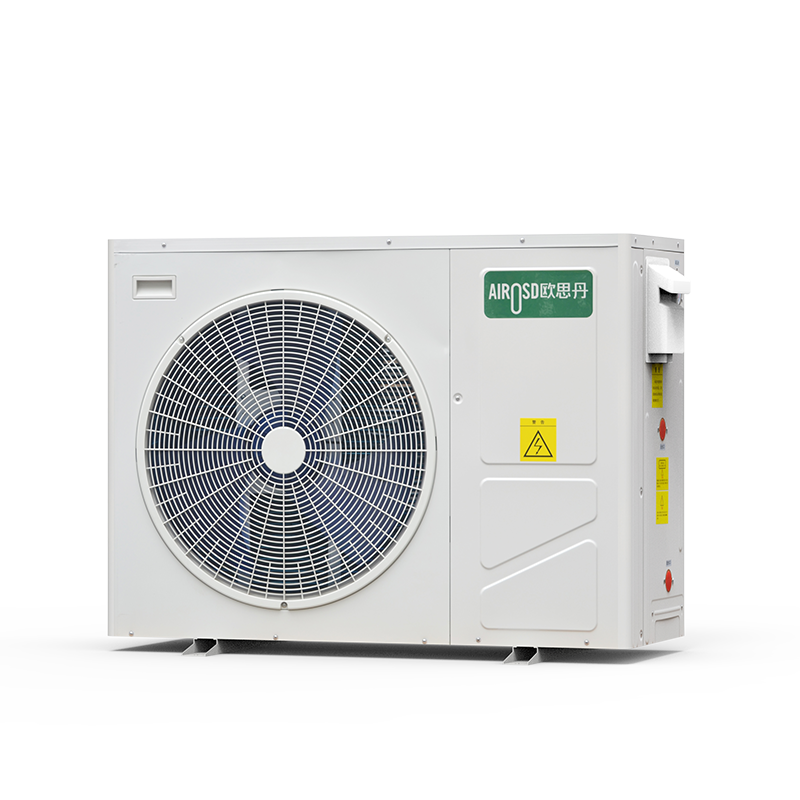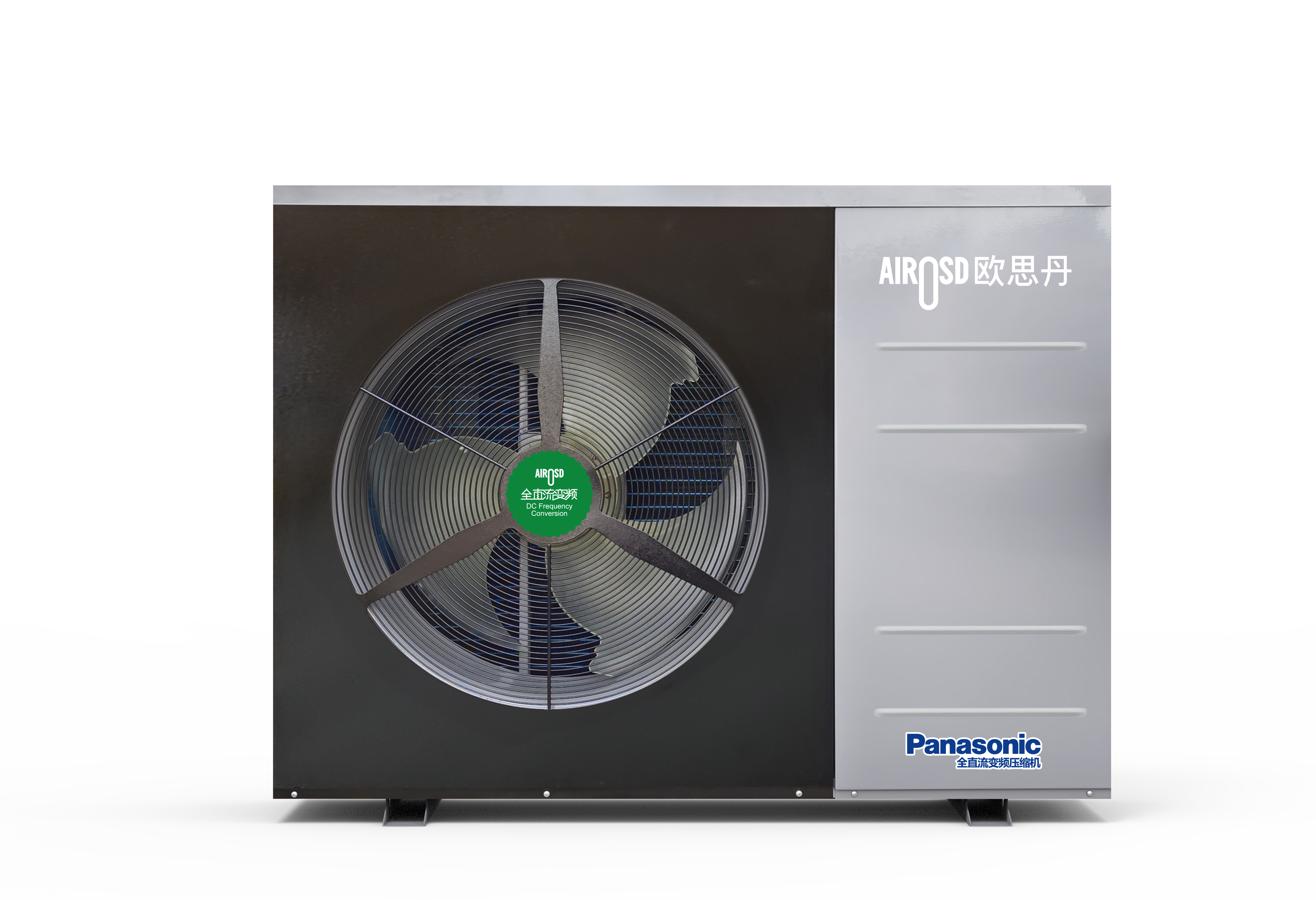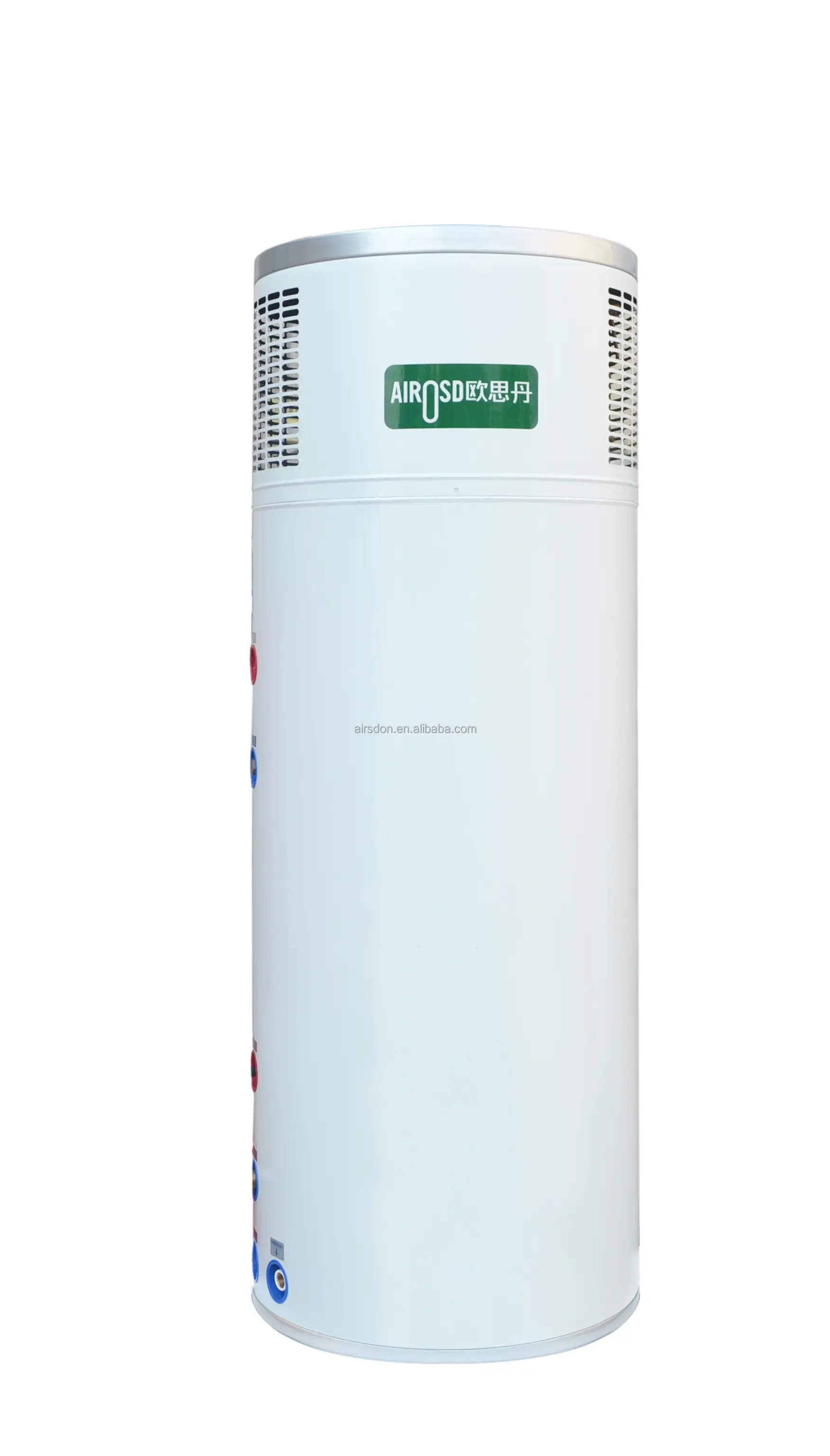Do heat pumps cool the house in summer?
Heat pumps are high-efficiency, energy-saving systems that integrate both heating and cooling functions. Thanks to their reversible heat-transfer cycle, a heat pump system can warm a home in winter and, by reversing the cycle, provide effective heat pump cooling in summer. So, can a heat pump system really keep your house cool in hot weather? This article explores how heat pump cooling systems work, analyzes their summer performance, compares them with traditional air-conditioners, and discusses installation, maintenance, and future trends.
I. Basic Working Principle of a Heat Pump System
At its core, a heat pump system is a reversible Carnot-cycle machine with four main components: a compressor, a condenser, an expansion valve, and an evaporator.
Heating mode: The outdoor evaporator absorbs heat from the ambient air, evaporating the refrigerant. The compressor then boosts its temperature and pressure. The indoor condenser then releases this heat indoors.
Cooling mode: The four-way reversing valve switches the flow, turning the indoor coil into an evaporator that absorbs indoor heat. Meanwhile, the outdoor coil becomes the condenser, expelling the heat outdoors.
This ability to reverse the cycle is what allows air source heating and cooling systems to provide both heating and heat pump cooling.
II. Summer Cooling Performance
1. Cooling Capacity
In cooling mode, a heat pump cooling system absorbs indoor heat and releases it outdoors. Its actual capacity depends on system tonnage, refrigerant properties, and outdoor temperature. Most air source heating and cooling units maintain strong heat pump cooling performance up to 35 °C, making them ideal for homes and small commercial spaces.
2. COP and SEER Ratings
Modern heat pump cooling systems boast cooling COPs of 3.5 to 5.0 or higher, meaning each kW of input electricity removes 3.5–5 kW of indoor heat. SEER ratings often exceed 4.5, outperforming conventional air conditioners. This translates into lower summer power consumption for a heat pump system.

III. Comparison with Traditional Air Conditioners
Energy Efficiency
Traditional AC systems usually operate at COPs of 2.5–4.0. In contrast, heat pump cooling systems generally exceed 3.5 COP. This higher efficiency means a heat pump system uses less electricity for the same cooling output, making air source heating and cooling more sustainable.
Environmental Benefits
Many heat pump systems now use low-GWP refrigerants like R32 or R410A. Coupled with high efficiency, this means fewer CO₂ emissions. Whether used as a heat pump water heater or for heat pump cooling, these systems align with green building goals.
Comfort & Control
Thanks to inverter technology, many heat pump systems feature variable-speed compressors. This ensures steady temperatures without the frequent cycling of traditional systems, resulting in a more stable heat pump cooling experience.
IV. Application Scenarios and Value
Residential Use
A single heat pump system can replace both an air conditioner and furnace. With year-round performance—including heat pump water heater functions—homeowners enjoy comfort and efficiency in one package.
Offices and Commercial Spaces
Large office buildings and retail spaces benefit from heat pump cooling systems paired with fan-coils or underfloor systems. These air source heating and cooling setups reduce energy costs while maintaining ideal indoor climates.
Public Institutions
In schools, hospitals, and government buildings, heat pump cooling systems provide eco-friendly comfort. With stable operation and smart controls, heat pump systems help manage peak loads and improve air quality.

V. Installation and Operation Guidelines
Accurate Sizing
Calculate cooling load based on room size, insulation, and sun exposure. Proper sizing is vital—oversized heat pump systems short cycle; undersized units can’t keep up.
Site Planning
Install outdoor units in open, ventilated areas. Distribute indoor handlers or heat pump water heater units by zone to optimize airflow and performance.
Smart Control Systems
Use programmable thermostats or apps to fine-tune heat pump cooling. These systems adapt to outdoor temperatures and occupancy, improving comfort and savings.
VI. Routine Maintenance
Filter Maintenance
Clean or replace indoor filters monthly during peak heat pump cooling seasons. Dirty filters reduce efficiency and airflow.
Refrigerant and Leak Checks
Annual inspections of refrigerant lines are essential for heat pump systems. Leaks or incorrect charge levels can degrade heat pump cooling system performance.
Performance Tracking
Monitor COP, pressures, and temps regularly. For heat pump water heater or heat pump cooling systems, early detection of anomalies extends system life.

VII. Future Trends in Heat Pump Technology
Next-gen innovations like full-inverter compressors and low-GWP refrigerants are pushing heat pump cooling system efficiency to new levels. As prices drop and capabilities grow, heat pump systems will likely replace both ACs and boilers in many settings—especially in air source heating and cooling applications and heat pump water heater solutions.
VIII. Conclusion
Thanks to their reversible cycle, heat pump systems provide reliable and efficient heat pump cooling during summer and heating in winter. With high COP/SEER ratings, environmental benefits, and consistent comfort, heat pump cooling systems are a superior alternative to conventional ACs.
Whether for homes, offices, or public buildings, a well-installed and maintained heat pump system—possibly with integrated heat pump water heater features—offers an energy-saving, year-round solution. As the trend toward air source heating and cooling accelerates, now is the ideal time to invest in smarter, greener comfort.



